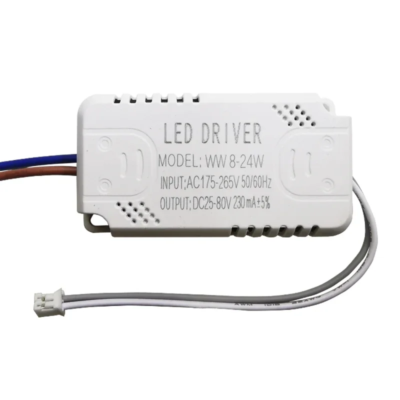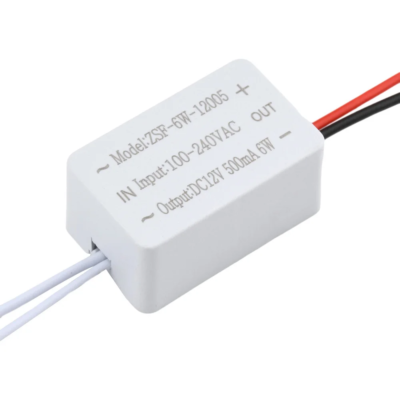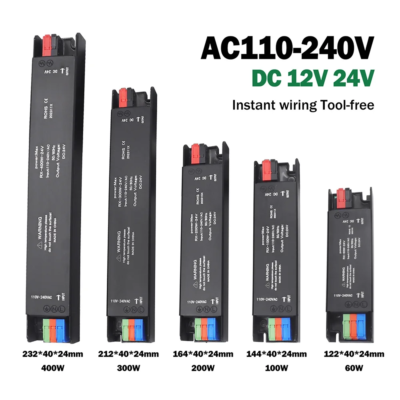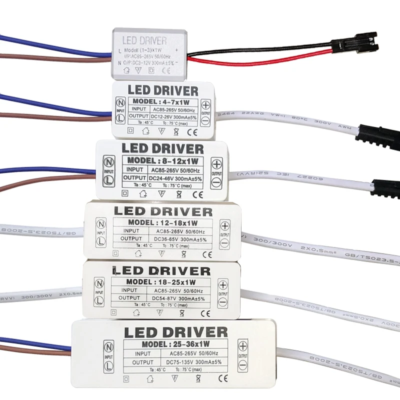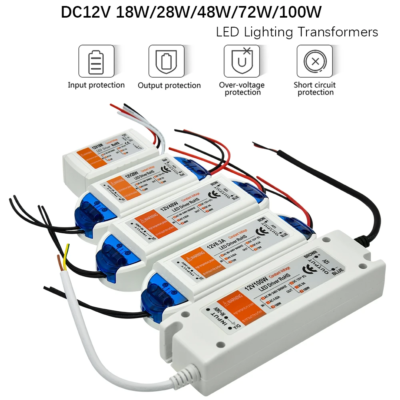About led drivers
An LED driver (LED Driver) is an electronic device specifically designed to provide a stable current or voltage for LEDs (Light Emitting Diodes). Unlike traditional light sources, LEDs do not use alternating current (AC) but rather direct current (DC) to illuminate. Therefore, the role of the LED driver is to convert mains power (usually AC) into the direct current required for the operation of LEDs. In addition to providing the appropriate voltage or current, the LED driver is also responsible for regulating the stability of the current, preventing voltage fluctuations from damaging the LEDs, thereby ensuring the long-term stable operation of LED lighting fixtures.
How to Select an LED Driver?
When selecting an LED driver, multiple factors need to be considered to ensure the stable operation and long lifespan of LED products. Here are some important considerations.
Matching LED Power with Driver Power
The power of the LED is typically controlled by the current or voltage from the driver; therefore, the output power of the driver must match the power requirements of the LED. For example, if the LED’s power is 20W, the rated output power of the driver should be at least greater than 20W.
Input Power Source Type
Choose the appropriate input power type based on the working environment of the LED. For mains power supply environments, an AC-DC driver is generally chosen; for solar power systems, a DC-DC driver may be required.
Output Current/Voltage
Constant Current Driver: Select a driver with the appropriate rated current for the LED to avoid damage from overcurrent or overvoltage. Constant Voltage Driver: Choose the correct voltage output, especially for multiple series-connected LED strips.
Operating Environment and Temperature
Different LED drivers have different operating temperature ranges. The ambient temperature where the driver will be used should be considered, and it is essential to ensure stable operation at extreme temperatures.
Efficiency and Power Factor
Choosing a high-efficiency LED driver helps to reduce energy consumption. Power Factor is also an important parameter; a driver with a high power factor reduces the impact on the power grid.
Reliability and Lifespan
Select high-quality LED drivers, particularly for commercial and industrial lighting projects. Consider the lifespan of the driver to avoid system downtime due to driver failure.
Dimming Capability
If brightness adjustment is required, choose a driver that supports dimming features. Common dimming methods include 0-10V, DALI protocol, PWM dimming, etc.
Certifications and Safety Standards
Ensure that the selected LED driver meets relevant safety standards and certifications, such as UL certification, CE marking, etc., to ensure product safety and compliance.


